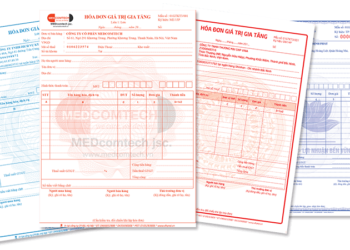Businesses can spend benefits to take care of their employees as well as retain workers, but they cannot spend more than the prescribed amount.
TLT LEGAL LLC – VIETNAM BAR FEDERATION
Legal grounds:
- Circular No. 25/2018/TT-BTC.
Many businesses offer many remuneration policies, as well as pay benefits to attract and retain workers. These expenses are of a welfare nature and can be included in deductible expenses when determining corporate income tax liability.
However, to limit businesses from increasing these expenses to reduce the amount of tax payable, the law has controlled the maximum amount of spending on employee benefits.
Pursuant to Clause 4, Article 3 of Circular 25/2018/TT-BTC, welfare expenses paid directly to employees include:
- Funeral and wedding expenses for the employee and his/her family;
- Vacation expenses;
- Expenses for treatment support;
- Expenses to support additional learning knowledge at training organizations;
- Expenses to support families of workers affected by natural disasters, enemy sabotage, accidents, and illnesses;
- Expenses for rewarding employees’ children with good academic achievements;
- Expenses to support travel expenses for employees on holidays and New Year;
- Expenses for accident insurance, health insurance, and other voluntary insurance (except expenses for purchasing life insurance for employees and voluntary retirement insurance for employees guided at Point 2.11 of this Article);
- And other welfare expenses.
The above welfare expenses are limited to a total of no more than 01 month’s actual average salary made in the enterprise’s tax year.
In which the actual average monthly salary is determined as follows:
- Equal to the salary fund made in the year divided by (:) 12 months;
- Equal to the salary fund made in the year divided by (:) the number of actual operating months in the year (if the enterprise operates less than 12 months).





